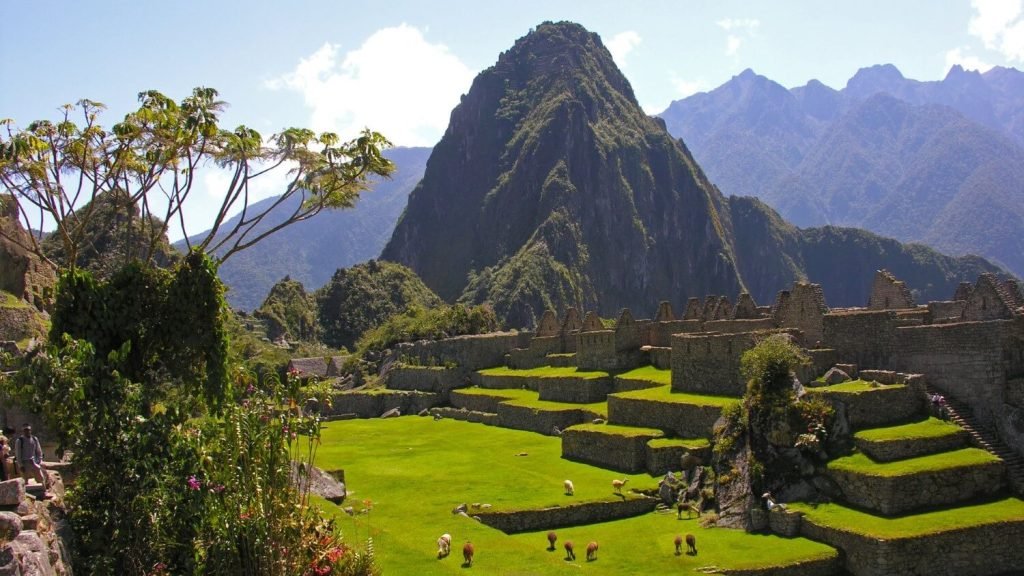Traveling to get to know and explore the various exotic destinations in the world can be exciting. And travel to Peru is no exception, with dream destinations ready to be visited by you. Machu Picchu is considered by many, one of the best tourist sites in Peru and South America. It is considered one of the most biodiverse places on the planet, consisting of 3 regions that are home to different ecosystems, landscapes, flora and fauna. The destination par excellence to visit in Peru is Machu Picchu, which is undoubtedly a must-see during your stay in Peru. The mythical Inca citadel has captivated both tourists and scientists for many years. A lot of visitors know a little about the ruins, how to stay and its purposes and many of them may not know anything, but do not worry in this blog we will focus on what is Machu Picchu, what to visit and what is known about the different locations within the Machu Picchu Map.
WHERE IS THE WONDER OF THE WORLD TO BE FOUND?
Machu Picchu is located in the middle of the Andes Mountains, next to a valley that was formed by the Urubamba River. It is about 2360 meters above sea level. Its exact location is 130 kilometers northwest of the imperial city of Cusco. The map of Machu Picchu is divided into 3 main zones, which are: The Sacred Quarter which includes the Intihuatana, the Temple of the Sun and the Hall of the Three Windows. The second sector is where the residential area of Priests and Nobles is located. While the third sector is located in the southern part of the site, considered as the place destined to the housing of the locals of the area. To reach the citadel of Machu Picchu, you can opt for the train route, as well as the well-known Inca Trail.
Machu Picchu is located in the region of Cusco, in the center-south of the country. To the north of Peru are the neighboring countries of Colombia and Ecuador. To the east are Bolivia and Brazil. To the west is the mighty Pacific Ocean. The region presents an unprecedented geographical diversity, composed of diverse ecosystems that provide great diversity to this place, this is caused because Machu Picchu is bordered by the Peruvian jungle and the Andes Mountains. The place where it was built is located about 72 kilometers northwest of the city of Cusco. This is equivalent to about 44.7 miles away. Thus, Cusco is the city where your adventure will begin, a city equally endowed with culture, gastronomy and history of great interest to visitors.
MAIN SECTORS OF THE MACHU PICCHU MAP
Machu Picchu is located in the middle of two emblematic mountains. Due to its strategic location, the complex offers wonderful views of the Sacred Valley of the Incas. Many visitors who come to Machu Picchu are part of a guided tour. Although those who plan an excursion on their own to the complex will be able to explore much more of the Machu Picchu map. Although if you are passionate about South American history and culture, local guides also offer a detailed explanation that will complement your trip in a proper way, allowing you to learn important facts about each location within the citadel of Machu Picchu as you go deeper into your adventure. It can be divided into 3 main zones: the Sacred Plaza, the Residential Zone and the Popular Zone. The Sacred Plaza includes structures of great religious and astronomical nature which are the Temple of the Sun, the Intihuatana and the Hall of the Three Windows. The wonder is protected as the Historic Sanctuary of Machu Picchu. It is a natural and archeological reserve, covering an area of 32,592 hectares. The archaeological treasures linked to the Inca Trail are also of great importance to know the map of Machu Picchu.
The Inca Trail at the same time presents some of the most spectacular scenery and experiences to see around Machu Picchu and along the way. And just as you will find spectacular scenery, you will also find an extensive diversity of flora and fauna species to coexist with. Within the map of Machu Picchu, there are more than ten habitat zones for different animals, as well as two other ecoregions. You will find lowland forests, high Andean grasslands, high jungle, high and low forests, and much more, although you can enjoy much more of this transition between ecosystems if you choose to walk the Inca Trail. The great diversity of ecosystems resulting from the strategic location of the citadel is what gives rise to the great diversity of flora and fauna. In fact, the marvelous sanctuary has much more biodiversity than the surrounding ecosystems, in addition to a large number of native species that are protected by the sanctuary. The citadel map has so much to offer that you can visit the following areas:
- Enclosures and warehouses that functioned in Inca times.
- The agricultural terraces for the cultivation and harvesting of food.
- The Main Temples of great religiosity for the Inca culture.
- The Sacred Palaces of the Incas.
ALL THE PLACES TO EXPLORE AND GET TO KNOW
INTIHUATANA
There are locations that you cannot miss during your visit to the citadel, one of them is the renowned Intihuatana, one of the last standing structures. It is very likely that Inca astronomers used this carved rock to predict the solstices. This structure survived because the Spanish never discovered Machu Picchu and remained intact during the time of the conquest. They destroyed all other similar stones throughout the Inca Empire.
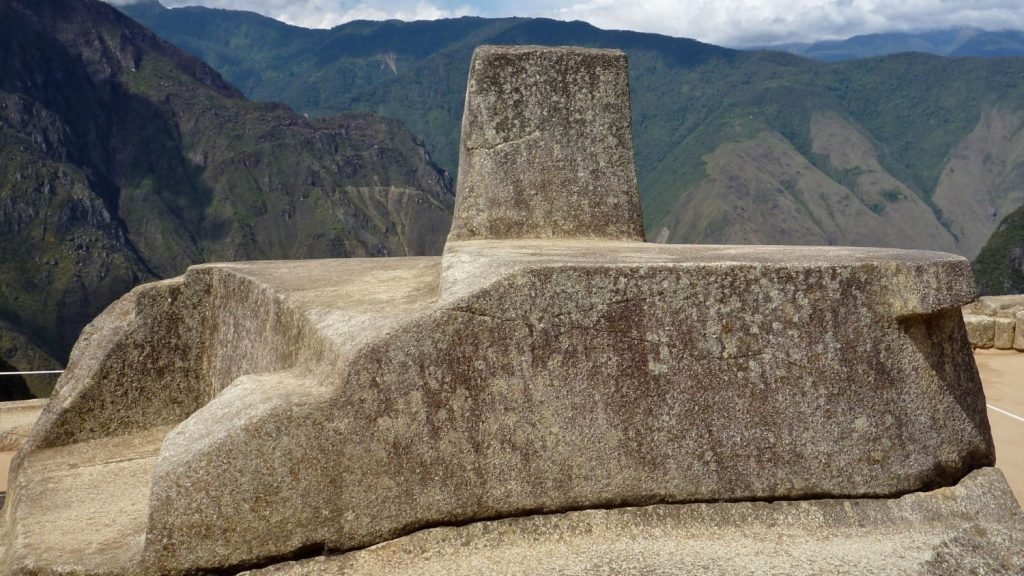
TEMPLE OF THE THREE WINDOWS
Another great place you have to visit in Machu Picchu is the Temple of the Three Windows. This has a privileged view of Machu Picchu down from its location through the three trapezoidal windows. One of the most amazing facts about Machu Picchu is that there are three windows inside the structure. For in Inca architecture, windows and trapezoidal shapes were reserved for Inca nobility.
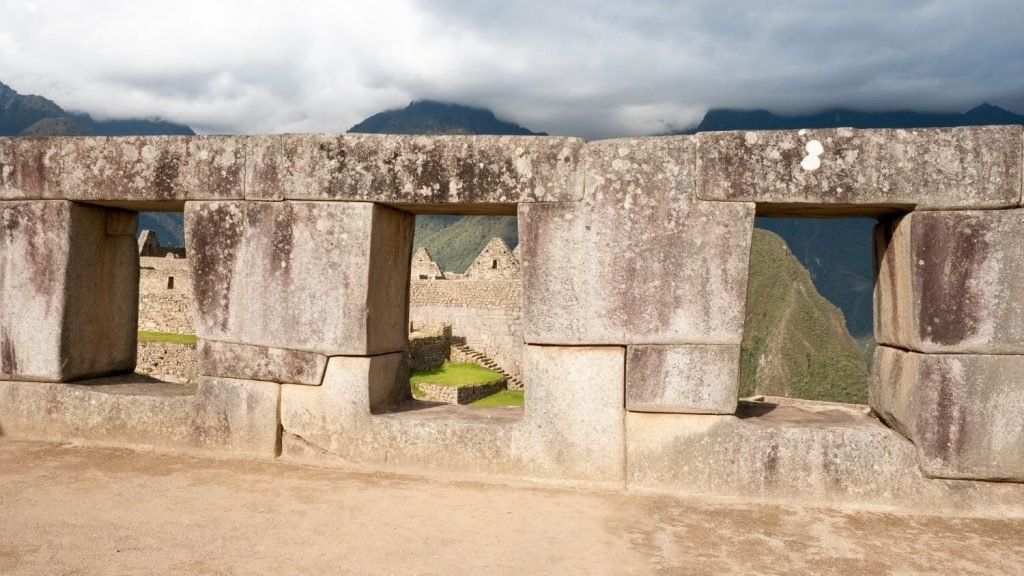
TEMPLE OF THE SUN
The Temple of the Sun is another incredible sight to behold. The Temple of the Sun is the rounded tower that is best seen from above. The temple has some of the finest stonework in all of Machu Picchu, which was used for astronomical purposes. In Inca times, only the high priests belonging to the nobility had access to this place. Different sacred ceremonies and important rituals were held in this location. It has a semicircular shape and is built on a huge solid rock. If you plan to visit Machu Picchu, you must visit this place.
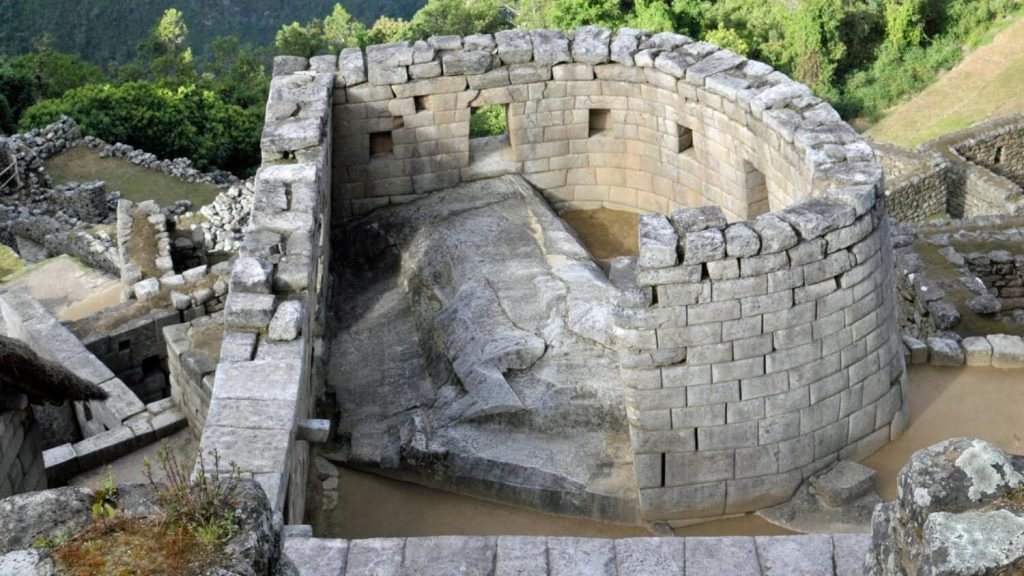
ROYAL TOMB
Popularly believed to have served special ceremonial purposes, the Royal Tomb is a natural rock cave located below the Temple of the Sun. It consists of a small natural cave with an entrance facing east. Inside the cave you can see some precisely carved rocks and other different niches. The main attraction is the large altar that can be seen inside. It is not allowed to enter, but you can see the change of steps from the main entrance.
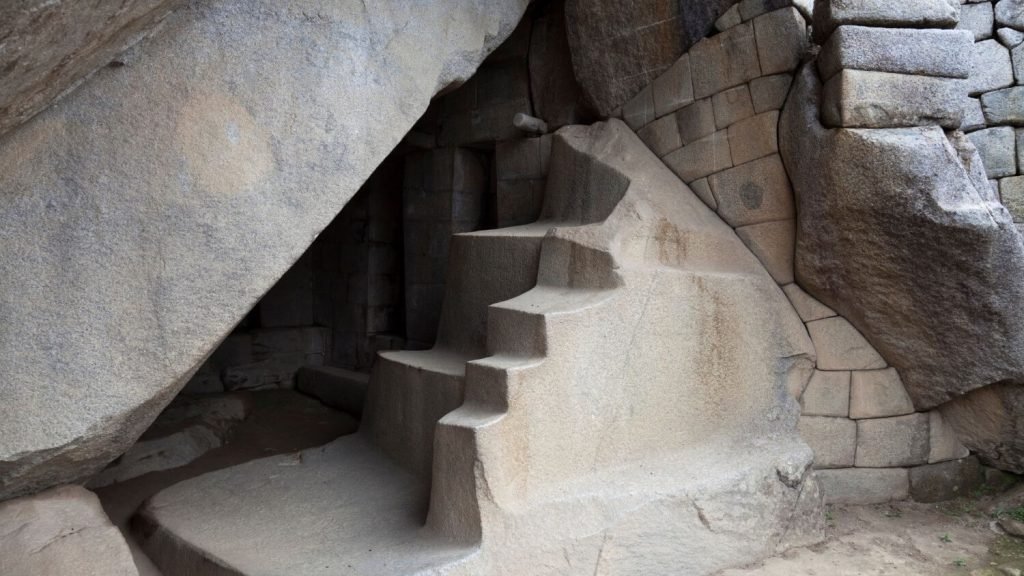
TEMPLE OF THE CONDOR
Located on the other side of Machu Picchu is the Temple of the Condor, where you can see the carved head of this animal as well as the rocks that resemble its wings. The Temple of the Condor is located just below the Temple of the Sun. It is so called because of the shape of the stones that resemble the figure of this Andean animal. Some theories indicate that it was a place that functioned both for the worship of deities and for the practice of rituals. A great place that should not be missed on the map of Machu Picchu. For the ancient Incas, this bird represented fertility and production. If you have not had the opportunity to see a condor, it is a true spectacle to appreciate. The Andean condor was considered an animal of great spiritual importance.
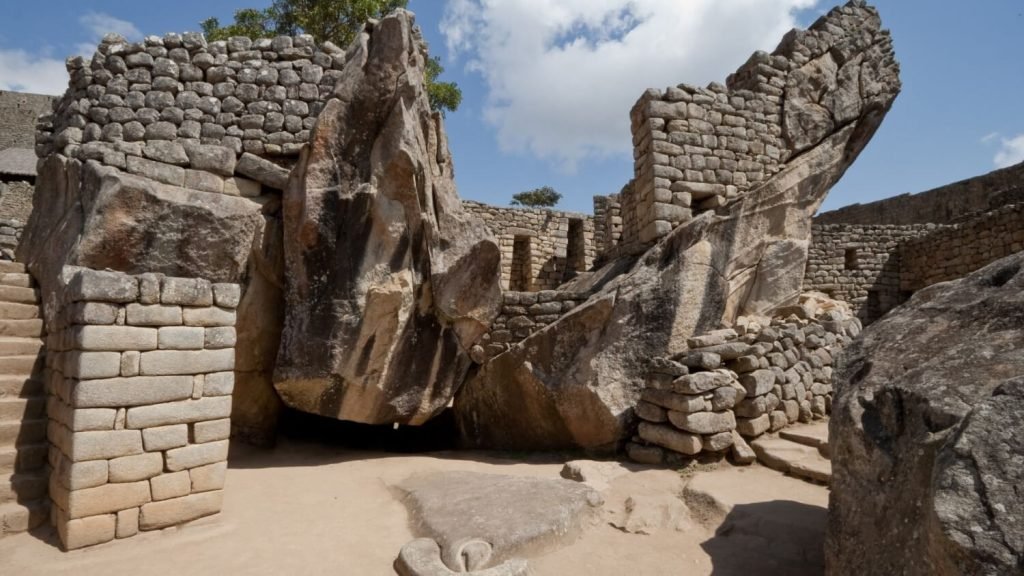
CENTRAL PLAZA
In the center of the ruins is the Central Plaza, where you can see llamas eating the grass that grows around it. In Inca times the Plaza was used as a ceremonial sector inside Machu Picchu, in front of the Plaza, you will see the residential sector destined for the settlers. The Central Plaza of Machu Picchu is one of the most important sectors of the complex. Different sacred celebrations were held there for the Inca religion.
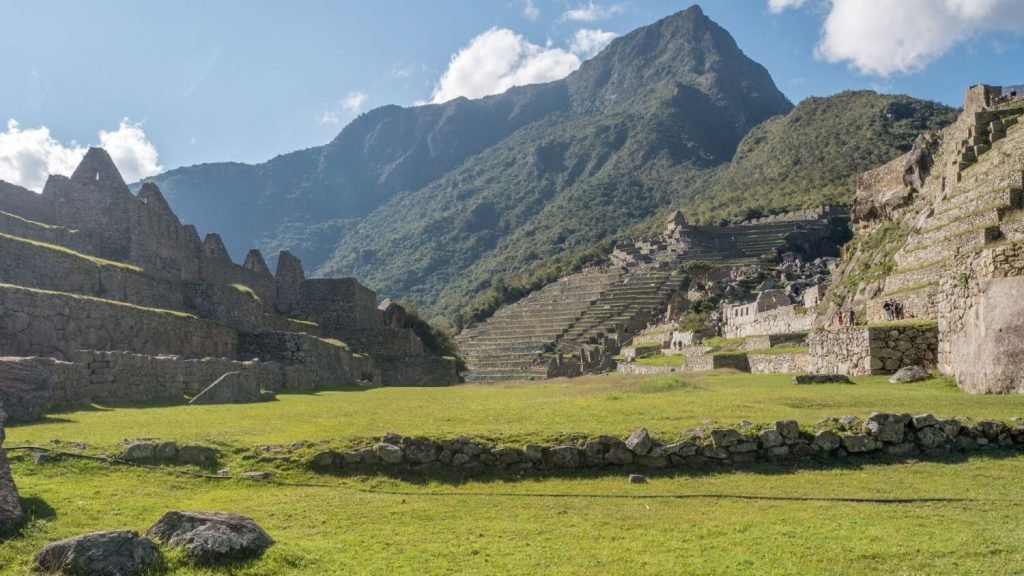
GUARDIAN’S HOUSE
The Guardian’s House, also known as the Caretaker’s Hut, is a stone building that functioned as a kind of watchtower. The different soldiers guarded both the entrance to IntiPunku and the entrance to the Guardian’s Hut, and controlled the entrances and exits to the citadel.
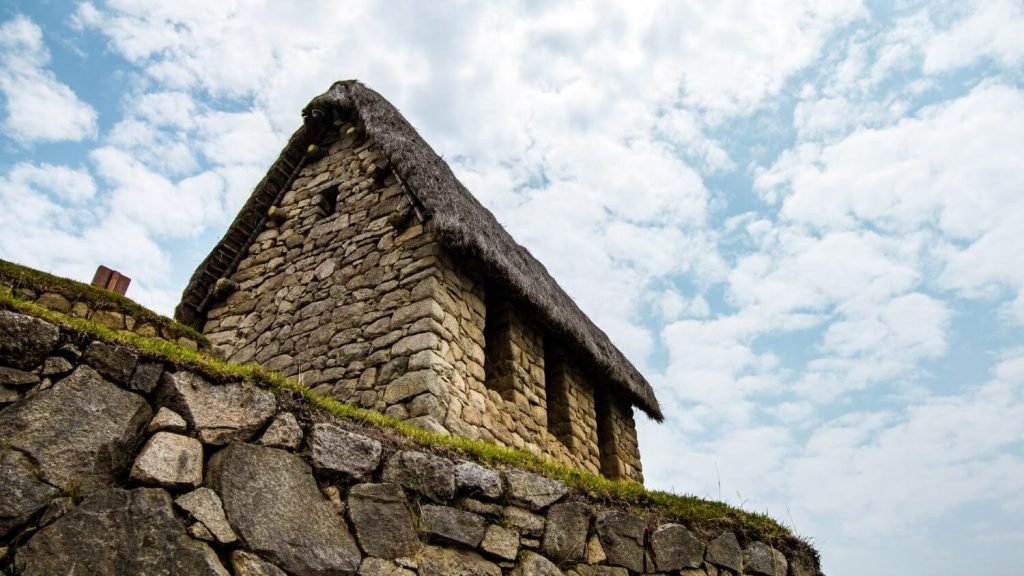
GATE OF THE SUN (INTIPUNKU)
The Sun Gate is known as the classic gateway to the Inca citadel. This is where the ancient Incas arrived to the place that would be destined for the construction of Machu Picchu. Also known as IntiPunku, it was the original entrance to the archaeological complex. The Inca Trail is one of the best options to emulate the original route to Machu Picchu.
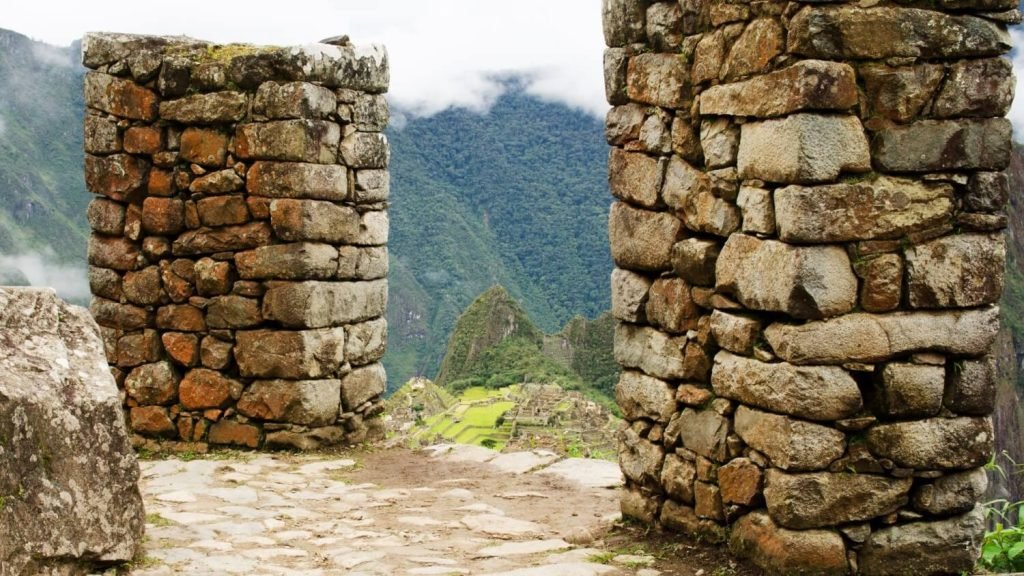
WATER SOURCES
The water fountains are one of the most attractive and intriguing elements of the complex to this day. Machu Picchu has an irrigation system composed of 16 fountains. The different water fountains are one of the most marvelous examples of the Inca hydraulic engineering by which they supplied clear and clean water to their inhabitants and also managed the irrigation of their crops.
STORAGE HOUSES
In the complex you will also be able to observe different storage houses where, among other things, precious foodstuffs were kept for their preservation and later distribution.
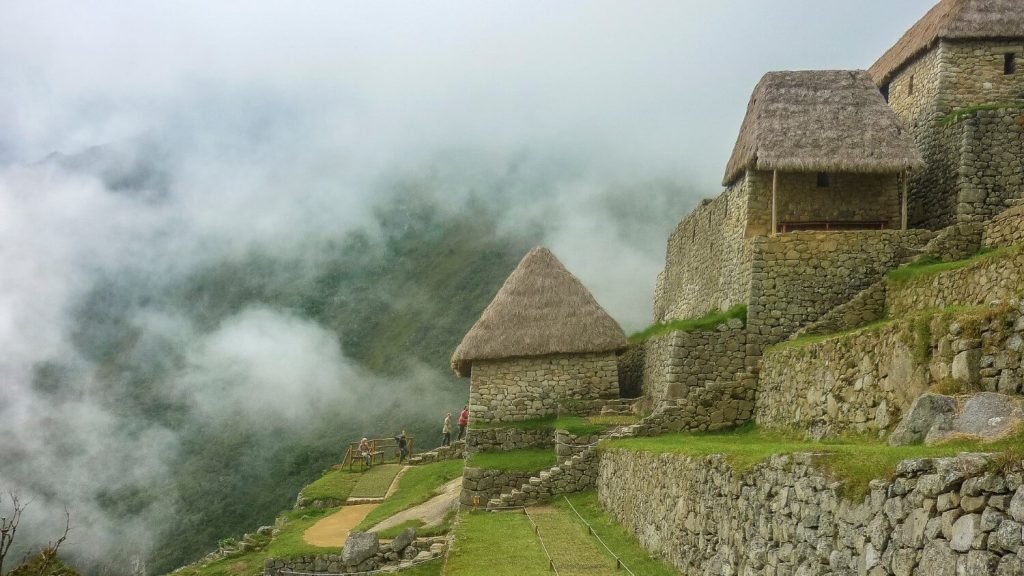
THE WATER MIRROR
The Espejo de Agua is an enclosure used by women to carry out different activities related to hygiene and the cult of water.
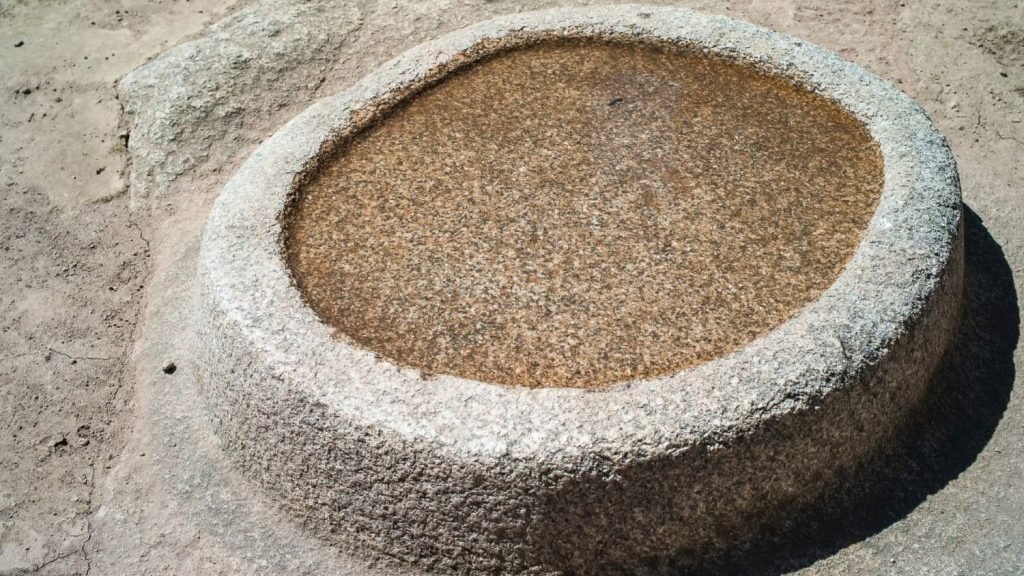
THE SACRED ROCK
The Sacred Rock is a large pieTHE SACRED ROCKdra, surrounded by a small low wall. In front of the rock is a large open flat area flanked by 2 open-sided shelters.
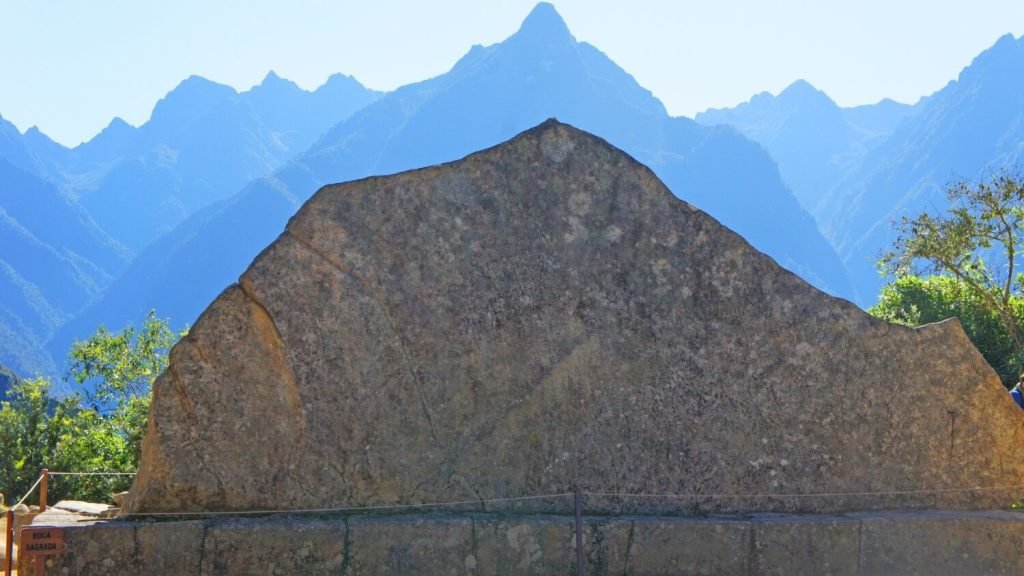
INCA BRIDGE
The Inca Bridge was built by the Incas as a secret entrance to Machu Picchu. This entrance was allowed for the Inca army.
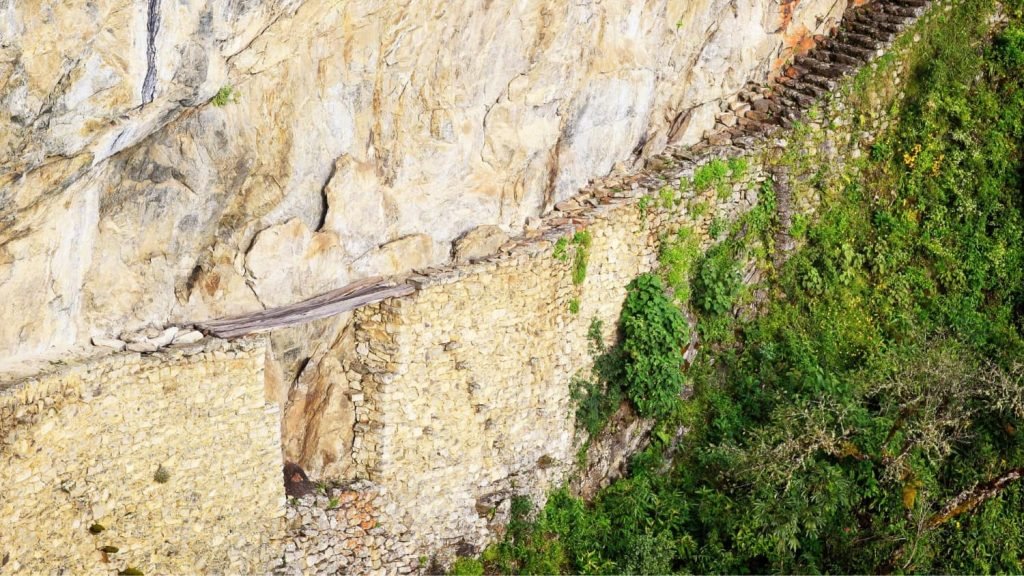
HIKES AND ROUTES TO ENJOY INSIDE MACHU PICCHU
The visitor will have the opportunity to take certain trekking routes where you will meet new unusual destinations and unique views of the citadel that will leave you speechless. The peak that you will see in all the photos of Machu Picchu is called Huayna Picchu. To do this hike, you will need an additional ticket that will cost around $20 and about 3 hours of hiking there and back. The view from the top of Huayna Picchu makes the hike totally worth it. The different hiking trails are one of the best options to do inside Machu Picchu. During your ascent, be very careful when climbing, as the steps can sometimes be slippery, especially during the rainy season. Be sure to book in advance, as tickets for Huayna Picchu sell out quickly. For the more adventurous visitors, you may want to consider doing the Machu Picchu mountain hike, which is a bit more challenging than the Huayna Picchu mountain hike but its reward is even more exciting and rewarding. There are several alternate routes by which to reach the wonder, the most famous of which is the Inca Trail to Machu Picchu. This trek to Machu Picchu takes 4 days, but the rewards are endless, you will enjoy a hike full of history, culture and you can glimpse the diverse landscapes and ecosystems of Cusco on your journey. Another alternative is the Inka Jungle Trek to Machu Picchu, this trekking option is more adventurous and varied in terms of activities, consisting of a mountain bike descent, followed by level III and IV rafting, a jungle hike and an optional zip line. This tour is naturally aimed at adventurers who enjoy exciting and adrenaline-filled experiences. These alternatives always end at Machu Picchu with a guided tour.
THE BEST TIME TO GO OVER THE MACHU PICCHU MAP
Only you can decide which is the best time to visit the wonder, first of all Machu Picchu has two seasons, wet and dry. The rainy season is from November to April and it rains daily. The advantage of the rainy season is that there are fewer people visiting Machu Picchu and the ruin is much more relaxed for the comfort of the visitor. You will need to wear waterproof footwear and a rain jacket, but as long as you have the right equipment you will be fine and the rain will not be a major inconvenience. The dry season runs from May to October. In addition, these months are also considered high tourist season. Due to the high number of visitors, there will be many people and you will have to wait in long lines for the most visited sites inside the citadel as well as to take the classic photos in the citadel. The good thing about the dry season is that the weather is perfect and the sky is an incredible blue. Therefore, depending on what the visitor is looking for, you should make the right decision to visit Machu Picchu, however, it is always a good time to visit this impressive place that you will never regret.
TIPS TO KEEP IN MIND DURING YOUR VISIT
Some important things. Some of the things to keep in mind during a visit to Machu Picchu are that there are currently different entrance times to the ruin; you will need a specific ticket for the route you wish to take, you can coordinate this with your travel consultant so that your experience during your visit is optimal. Also, you cannot enter the ruin without an official guide. But this is a good thing, as you will learn a lot about the history surrounding the wonder of Machu Picchu. You will be able to enjoy a certified guide who will explain the meaning of the various rooms that make up the complex, as well as its mysterious history that always leaves more than one amazed. It is important to note that walking sticks cannot be used in the archaeological site. They will be collected at the entrance gate. You are allowed to bring snacks and water to the site, but not food. You may not realize that Machu Picchu has small biting insects. You won’t feel them stinging, but you will feel itchy for a week. So take your repellent with you. Don’t miss out on all the beauty this site has to offer.

